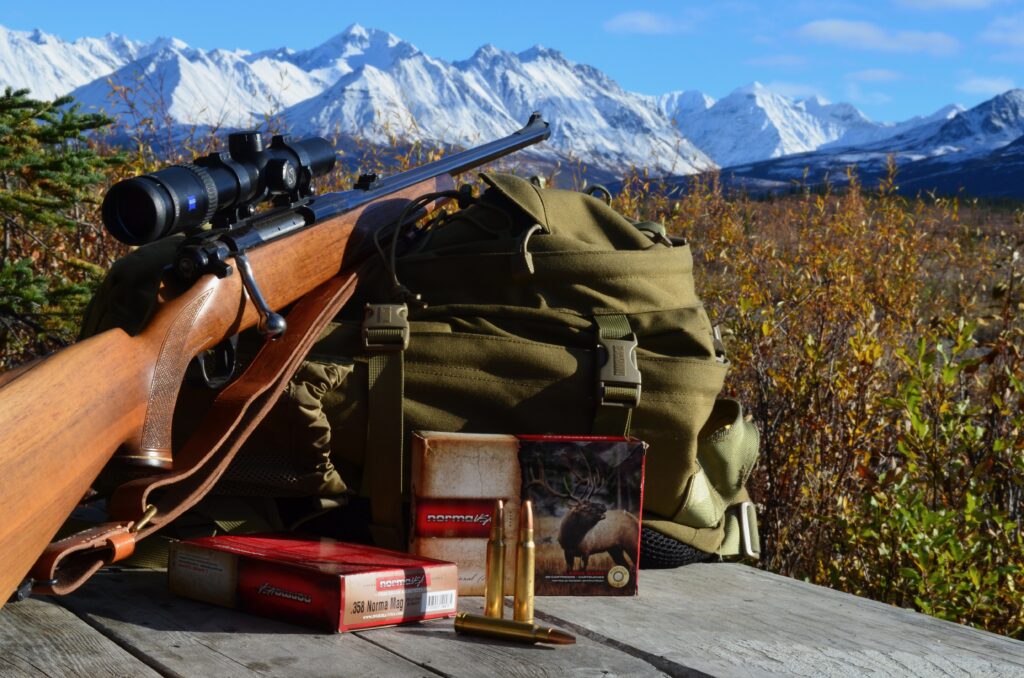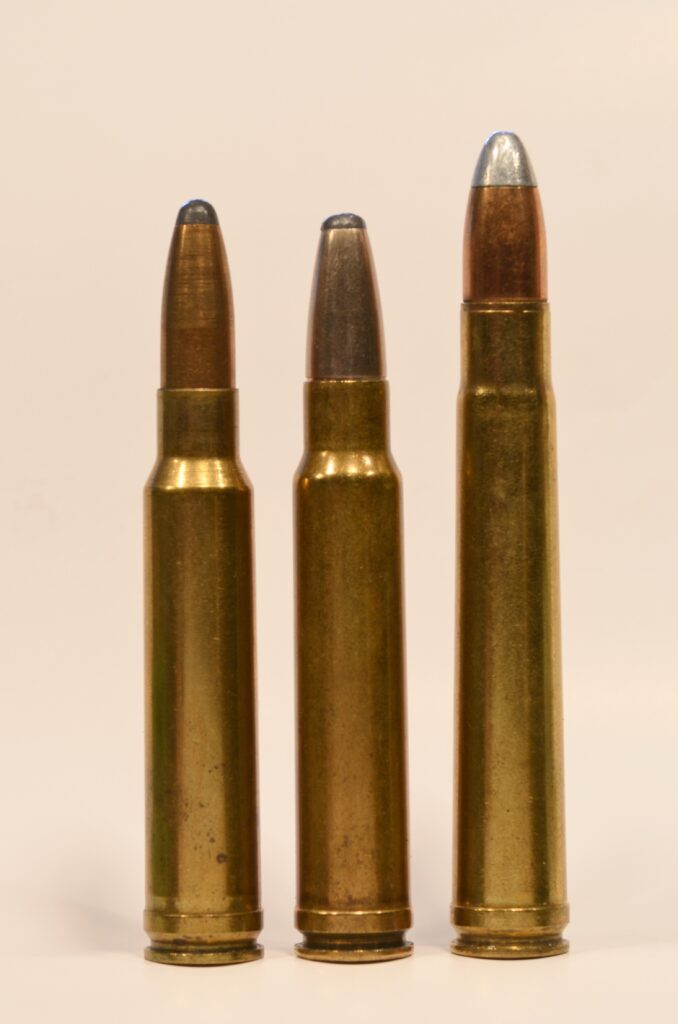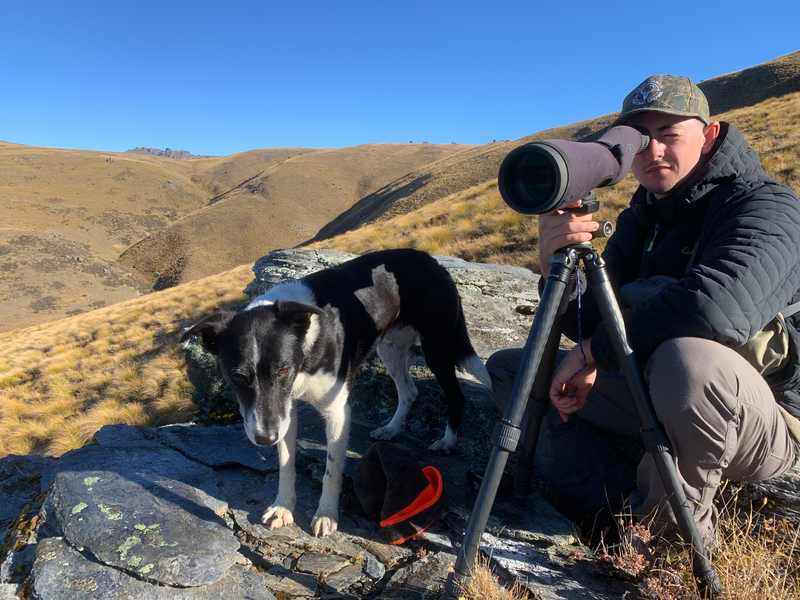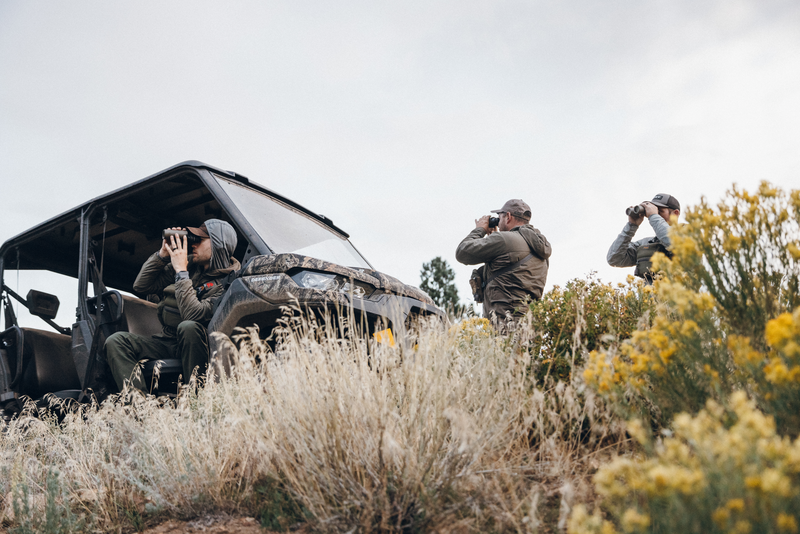Originally published in the March 2024 edition of Safari Times.
By Terry Wieland, columnist
If there is one cartridge in the world that I love, unreservedly but with a tragic pointlessness, it is the .358 Norma Magnum.
Admitting this is much like sitting on the veranda of the extended-care home, admitting to a lifelong passion for Kim Novak. A few will nod in rueful agreement, but most will look at you like you’re nuts. Or simply blankly, this being an extended-care home.
The .358 Norma is now 65 years old — legal retirement age for many — and while I’d like to say it’s still going strong, it ain’t. More than once it was introduced to the American public, and more than once it was firmly rejected. Americans had the .375 H&H and the .338 Winchester Magnum. They did not need the .358 Norma.
With a custom rifle built on a Mark X Mauser action borrowed from a friend, I loaded some of Jack’s bullets and went to Texas to hunt nilgai on the Kenedy Ranch. I got a broadside shot at about 90 yards and hit the nilgai just behind the shoulder. The bullet struck the far shoulder blade from the inside and knocked him to the ground. The guide said he’d never seen such a thing with nilgai, which are notoriously tough and hard to kill. It was a spectacular, if rather lucky, demonstration of the .358’s capability.
The .358 Norma is one of the family of short belted magnums introduced in the late 1950s and early ’60s, and including the .458, .264, and .338 Winchester Magnums, the later .300 Win Mag, and the 7mm Remington Magnum. Norma of Sweden attempted to crack the American market in 1959 with the .308 and .358 Norma Magnums.

The .358 was factory loaded with a 250-grain roundnose bullet. At 2,790 feet per second, it was compared to a 250-grain at 2,700 fps in the .338 Win Mag (1958). If either had any advantage over the other, ballistic or otherwise, it was the .358, but only because .358 is an ancient caliber and there were lots of bullets available, jacketed and cast, light and heavy. For the newer .338, on the other hand, bullet selection was limited.
But, since no American gunmaker chambered the .358, and the .338 was available in the revered Winchester Model 70, it was no contest.
For reasons no one has adequately explained, one place where hunters did take the .358 to their collective bosom was Canada’s Yukon Territory. There, moose and grizzlies abounded, and the .358 is practically the perfect moose and grizzly cartridge. When I went hunting there in 2008, I found several residents still shooting their Schultz & Larsens and hoarding .358 Norma ammunition like it was Klondike gold.
A few years later, I got the chance to acquire a Schultz & Larsen Model 65 DL to match one I already had in 7×61 S&H. Since that was the dream-team combination of my teen years, it represented some kind of culmination. I took the rifle to Sweden to hunt moose in 2012, then to Alaska the following year for moose and grizzly. Sad to report, I shot nothing with it. The long-ago nilgai is still the only critter I have ever taken with a .358 Norma.
So why my admittedly absurd affection for it? Well, aside from the fact that it’s an exceptionally effective cartridge, it’s mostly a hangover from my early teen years when I bought a .35 Remington instead of the more popular .30-30, then pored over outdoor mags looking for any testimony that a .358 was somehow better. These things grab you and hang on.

I then became besotted with the exotic Schultz & Larsen rifles from Denmark, first in 7×61 Sharpe & Hart, later available in .358 Norma. The rifle love was unconsummated for many years, but I did get some exposure to the cartridge. In 1989, I met Jack Carter, originator of Trophy Bonded Bullets, and got involved with testing new calibers and weights. One was a 250-grain .358 bonded Bear Claw, intended specifically for the Norma cartridge.
Still, I love the rifle. I have loads using bullets as light as 125 grains (jacketed hollow point, with 5744, at 1,700 fps) up to Speer’s 180-grain flat point at 3,076 using H4895. Or, a 200-grain cast bullet, with Unique, at 1,679 fps. And, of course, big-game loads with bullets all the way up to 300 grains. The rifle can hammer you or caress you. Your choice.
Most of all, it’s simply fun to shoot — accurate to a fault and possessing all the old-time European workmanship one could ask for. It’s far too late for the .358 Norma, but that does not make it any less of a cartridge.
Terry Wieland latest book is Great Hunting Rifles — Victorian to the Present. Wieland’s biography of Robert Ruark, A View From A Tall Hill, has been reprinted in paperback by Skyhorse.



